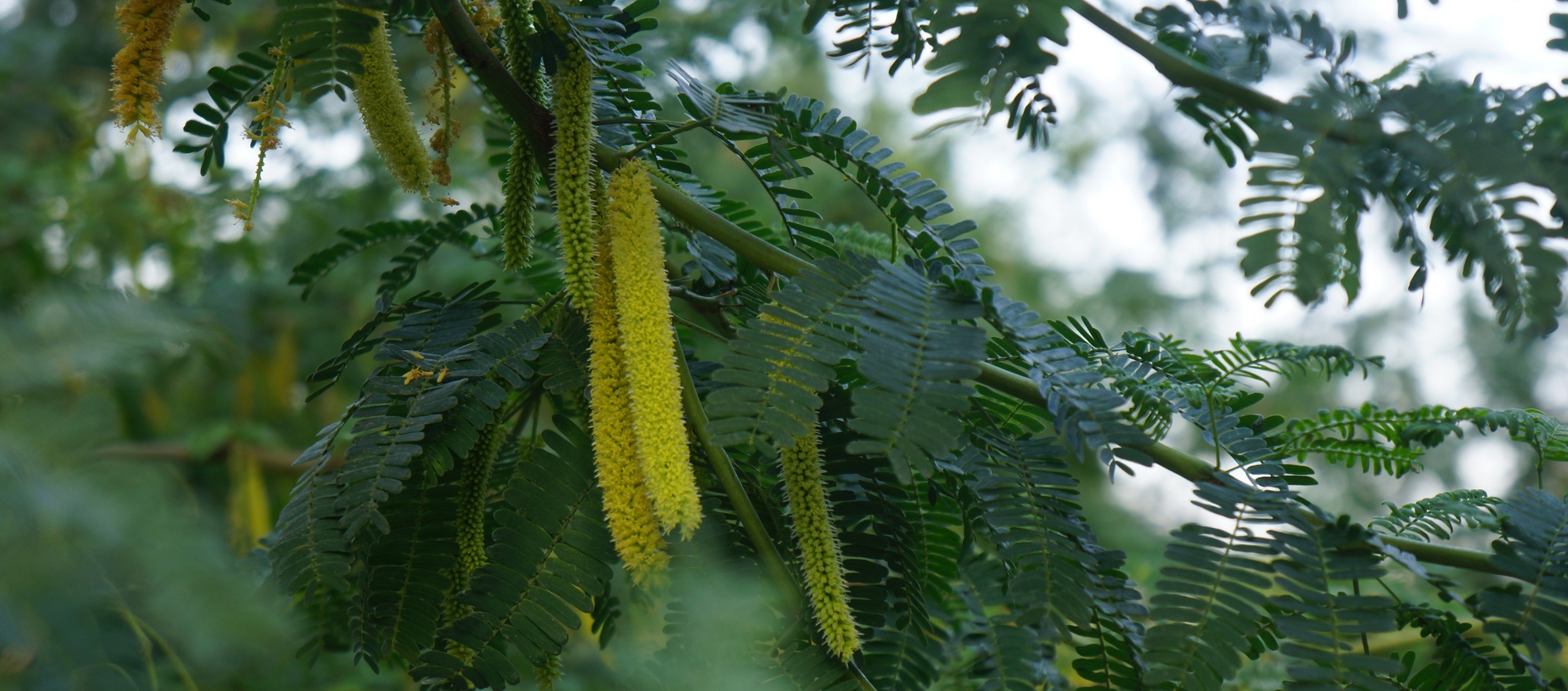With the climate shifting now so rapidly that we cannot foresee what the future may bring – or rather, with an ever increasing certainty of life as we know it struggling to survive – do we need a new approach to our understanding and management of our natural landscapes? I think this will become inevitable and that this idea needs to become a proactive rather than reactive measure.
A quick look around the globe shows Arctic ice melting at unprecedented rates, massive flooding events (in Bangladesh recently 20m people were displaced), increased hurricanes (h. Sandy), both in frequency and strength, desertification through deforestation and inappropriate agriculture and relentlessly increasing global temperatures, to name just a few that come to mind. And we can see effects much closer to home. The UK is likely to lose most or all of its ash trees due to the fungus Chalara fraxinea, which has mutated and migrated from Japan, where it is a balanced part of its ecosystem. Ash trees make up 40% of the UK landscape canopy. This follow from our lose of elms, but oaks have their problems too, as do horse chestnut and and larch, which although not native, are under attack from imported diseases. We have everywhere, a landscape under stress, that cannot adapt to the rapidly changing environments we humans have imposed upon the planet, either from our living patterns or from pollution. Our landscapes are under duress as never before. Vast and rapid change is inevitable and cannot now be stopped. But there is possibly something we can do, and that is learn to help speed up Nature’s adaptations. This would involve actively changing the flora and fauna of our native landscapes, an approach that would not be without risk, but might mean that some kind of meaningful ecology can adapt and survive.
It is clear that to do nothing is to watch our beloved regional and continental. landscapes change beyond recognition. But this would require a sea-change in thinking and current practices. Ecologists naturally resist the introduction of new species, with good cause; the aforementioned tree diseases are with us at least partly because of imported plants or timber. Lists of invasive species and control advice is provided in the UK by the Non native Species Secretariat; but I now think that we are beyond preventing the influx of invasive species and that we must look ahead and ask ourselves: do we want an ecology and landscape in 50 or 100 years time? Of course the answer is yes; we depend on our landscape, body and soul, and we may regret that we were forgetful of that for so long. But we cannot preserve what was, into the future.
My previous post was a review of a book by Bill McKibben, a leading environmental thinker, who says that we now live on a different planet, that it’s future will never be as its past was; he renames the planet Eaarth. We have caused this; if we are to adapt to our future, we have to re-think our attitudes and expectations. We cannot conserve England’s green and pleasant land; it is gone, or going. We must adapt it to suit its future, to build new ecologies, with new species or variants of existing species that are better able to cope. Ironically, trans-migrating species from one continent to another may save them from extinction in their original habitat.
This would be a big challenge; it is easy to introduce a new tree species, but it is the microflora and fauna that come with them that is important, for both the good and the bad. Sycamores are a now familiar part of the British landscape but are non-native and considered invasive. Whilst they are robust and may be well suited to our warmer climate, they are ecologically barren in the UK landscape, when compared to our oaks, which support some 300 + species of life. And this is the crucial bit; nature builds up complex and diverse ecosystems, of which we are still largely ignorant. Thus if we are to be able to do this with any success, we need to learn a new discipline, that of building micro and macro ecologies to suit our new future. If we put the same energy into this as we do GM research, it would be far more productive and useful – but it can’t be funded by private companies; this is our future, not a potential for financial gain.
And whilst we are at it, let’s build a new agriculture, based on perennial crops and trees, all as part of our ecological future. A diverse polyculture of trees, shrubs and herbs which provide a diversity of food, fuel and resources, including wildlife. Such an agriculture (or agroforestry, forest gardens, permaculture) will not be dependant upon fossil fuels, chemical fertilisers or pesticides as it’s perennial; harvesting can be done by hand or machine, and methane from cellulose digestion can provide the fuel for tractors where they are used. Nuts replace wheat and we move to a far more resilient and varied diet, which will make us healthier and give us food security, both of which are in rapid decline. Such annual crops as we do grow will be the domain more of the market-garden, a philosophy which we must revive to give us local food. Who knows, such balanced, wholesome and resilient landscapes might even be good for our soul’s too; certainly peace of mind relies on having a secure life, and we are rapidly losing that, far more than we realise.
So we need to build a new philosophy and practice of trans-migrating landscapes from areas of stress to areas of comfort, to match the shifting of climates zones around the world. It’s quite a challenge but we might just learn some humility and a far deeper appreciation of nature. In fact, we might just finally discover that we are inseparable…
